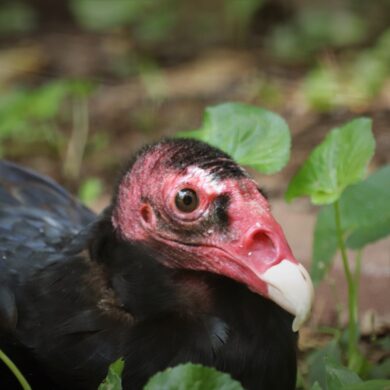Birds
Nearly 25 species of raptors can be found in Georgia at one time or another, with roughly half of them here year-round. Others such as the Swallow-tailed Kite and Broad-winged Hawk migrate from Central and South America to have their young in Georgia. Species such as the Snowy Owl and Northern Goshawk that are typically found in the other parts of the US can sometimes be observed here when weather conditions have been especially harsh. Each of the species on exhibit at CNC is a year-round resident.
What makes birds unique
>> They are endothermic (warm-blooded, can regulate body temperature)
>> They have feathers made of keratin
>> They have hollow bones
>> Their feathers molt annually as new ones grow
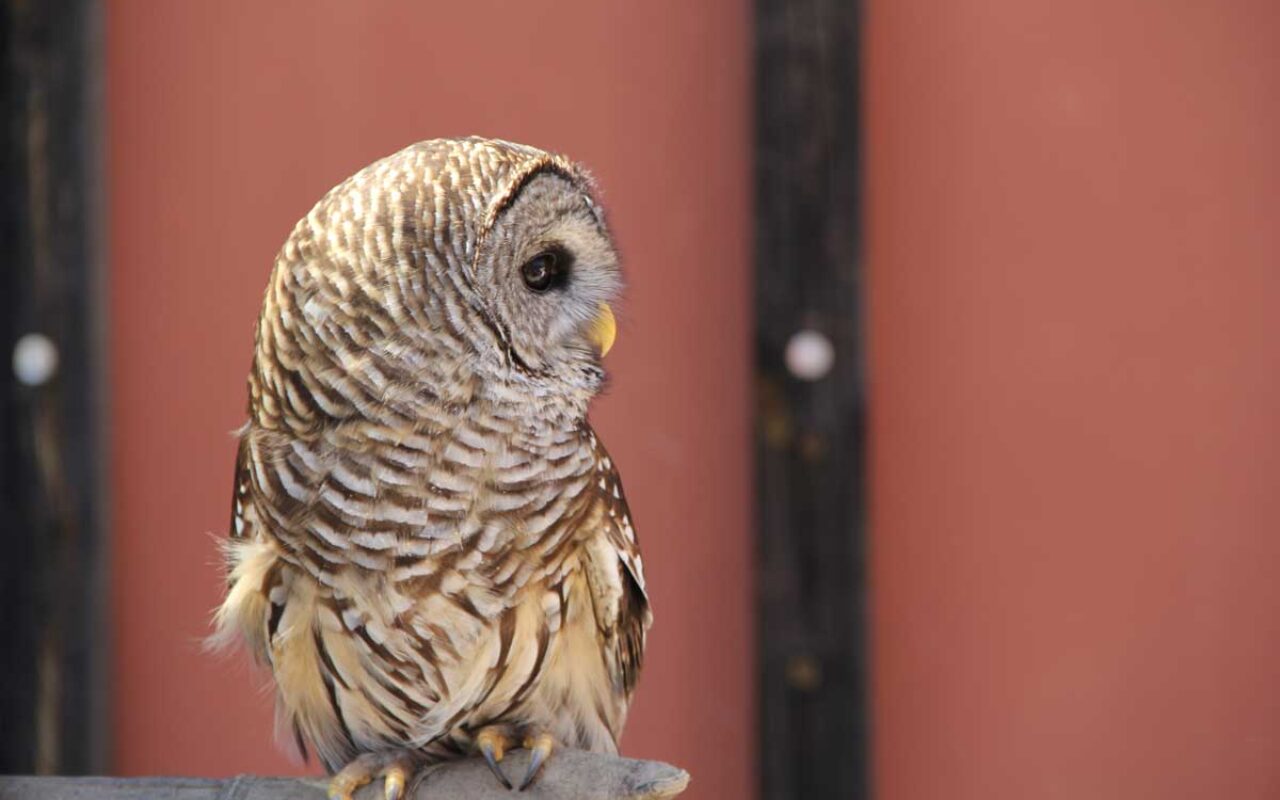
Can you believe it costs CNC close to $38,000 a year to feed and care for all of our animals?
meet our birds

BALD EAGLE: Haliaeetus leucocephalus
Annual food cost: $2700
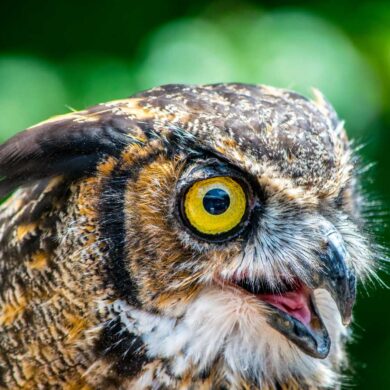
GREAT HORNED OWL: Bubo virginianus
Annual food cost: $1500
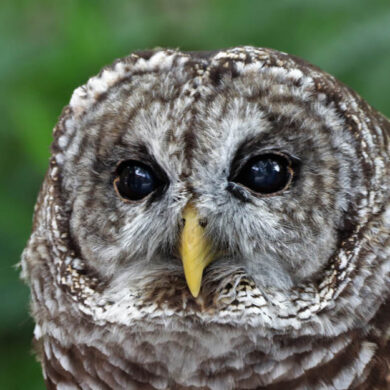
BARRED OWL: Strix varia
Annual food cost: $700
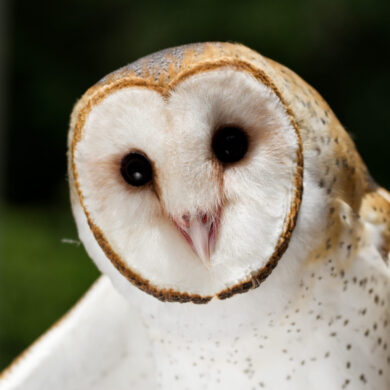
BARN OWL: Tyto alba
Annual food cost: $1100
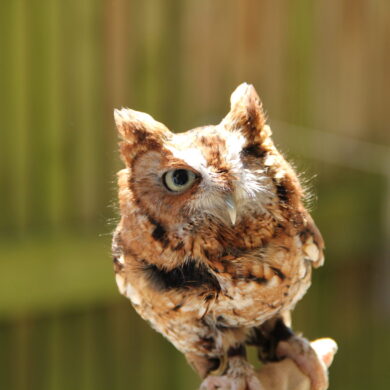
EASTERN SCREECH OWL: Megascops asio
Annual food cost: $350
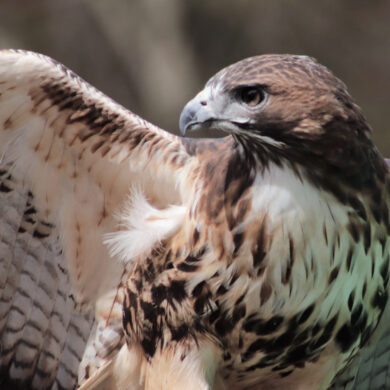
RED-TAILED HAWK: Buteo jamaicensis
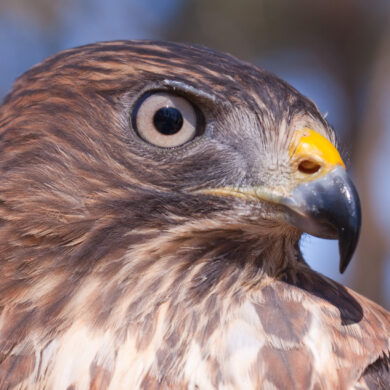
RED-SHOULDERED HAWK: Buteo lineatus
Annual food cost: $750
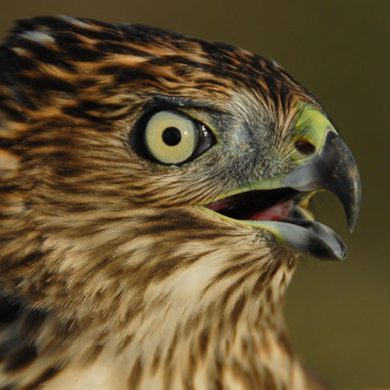
COOPER’S HAWK: Accipiter cooperii
Annual food cost: $900
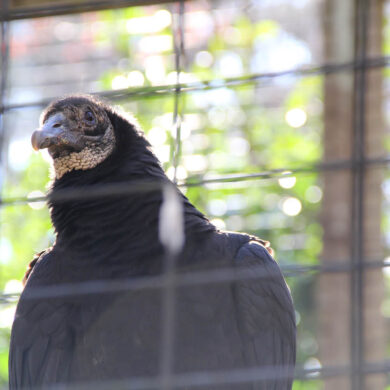
BLACK VULTURE: Coragyps atratus
